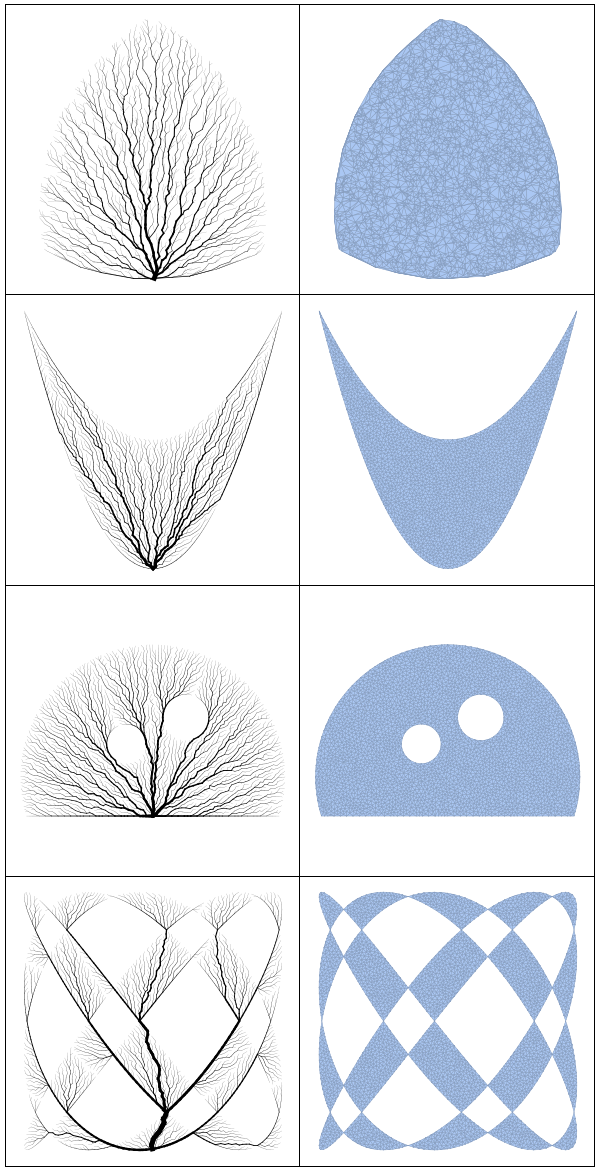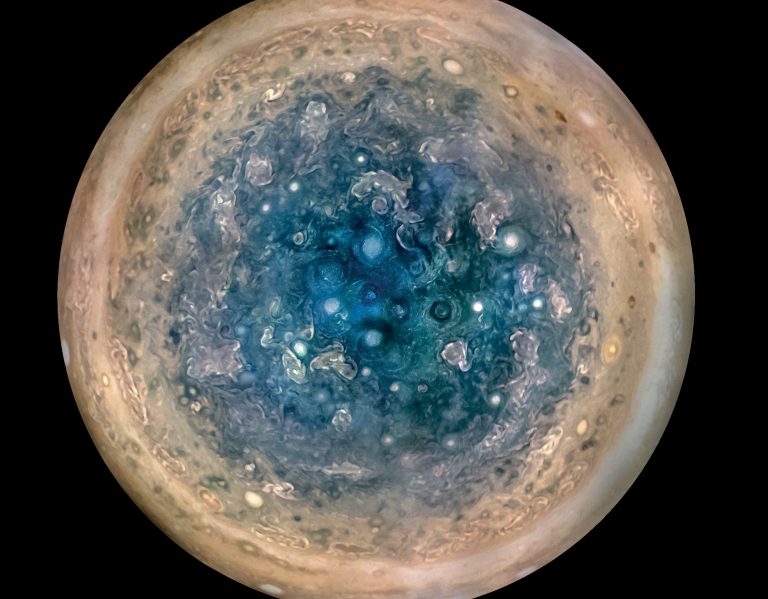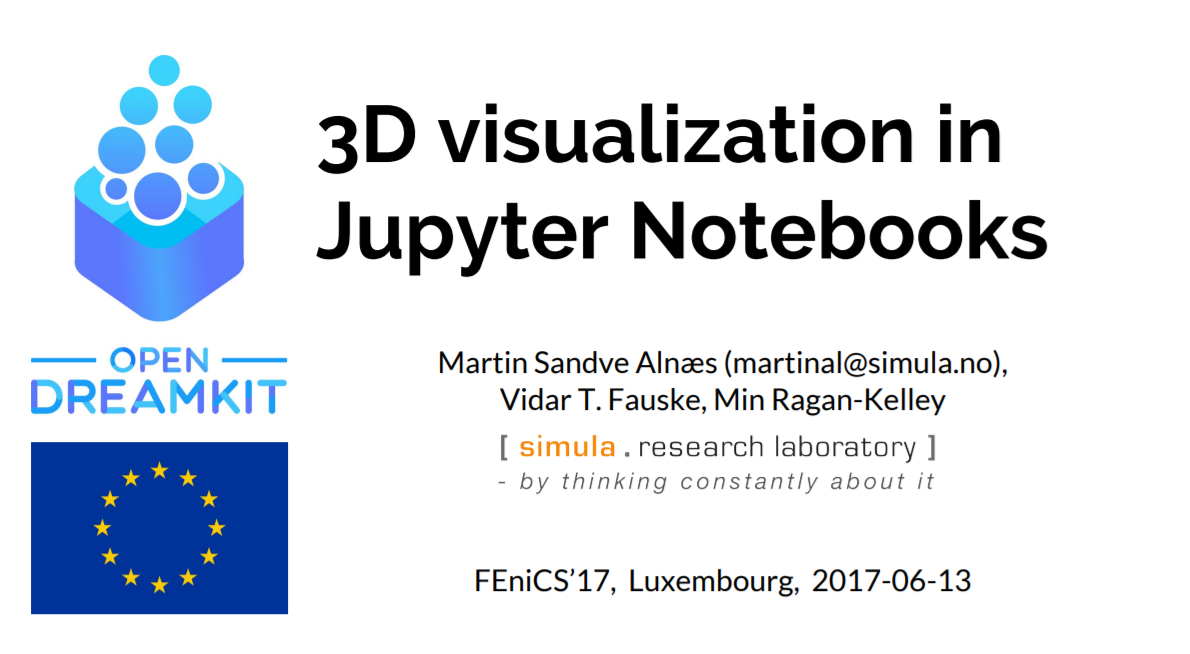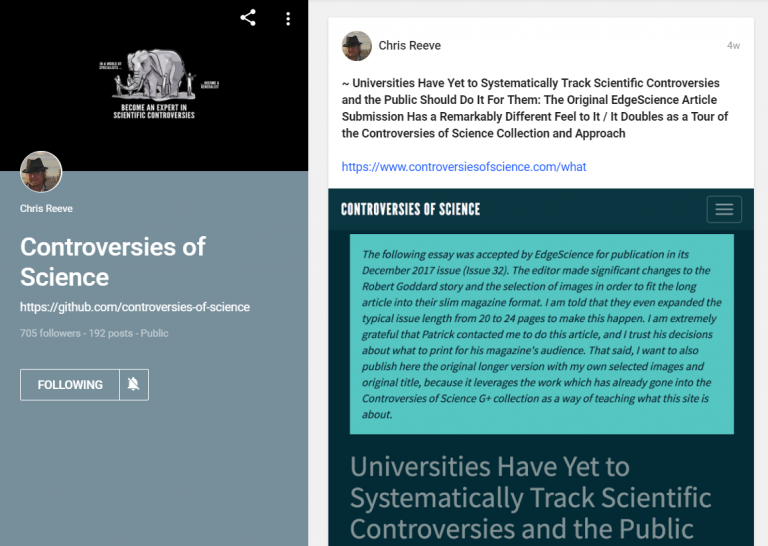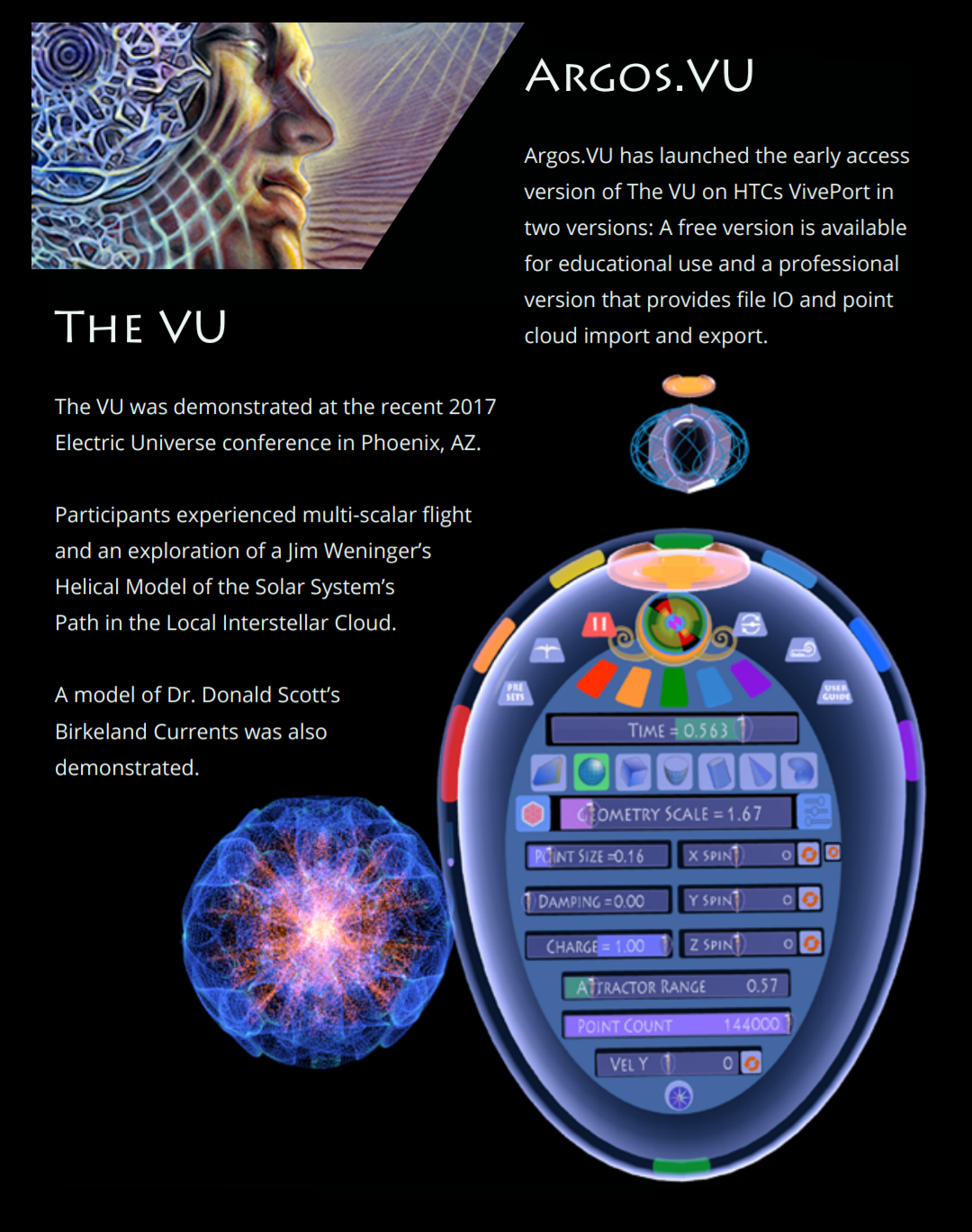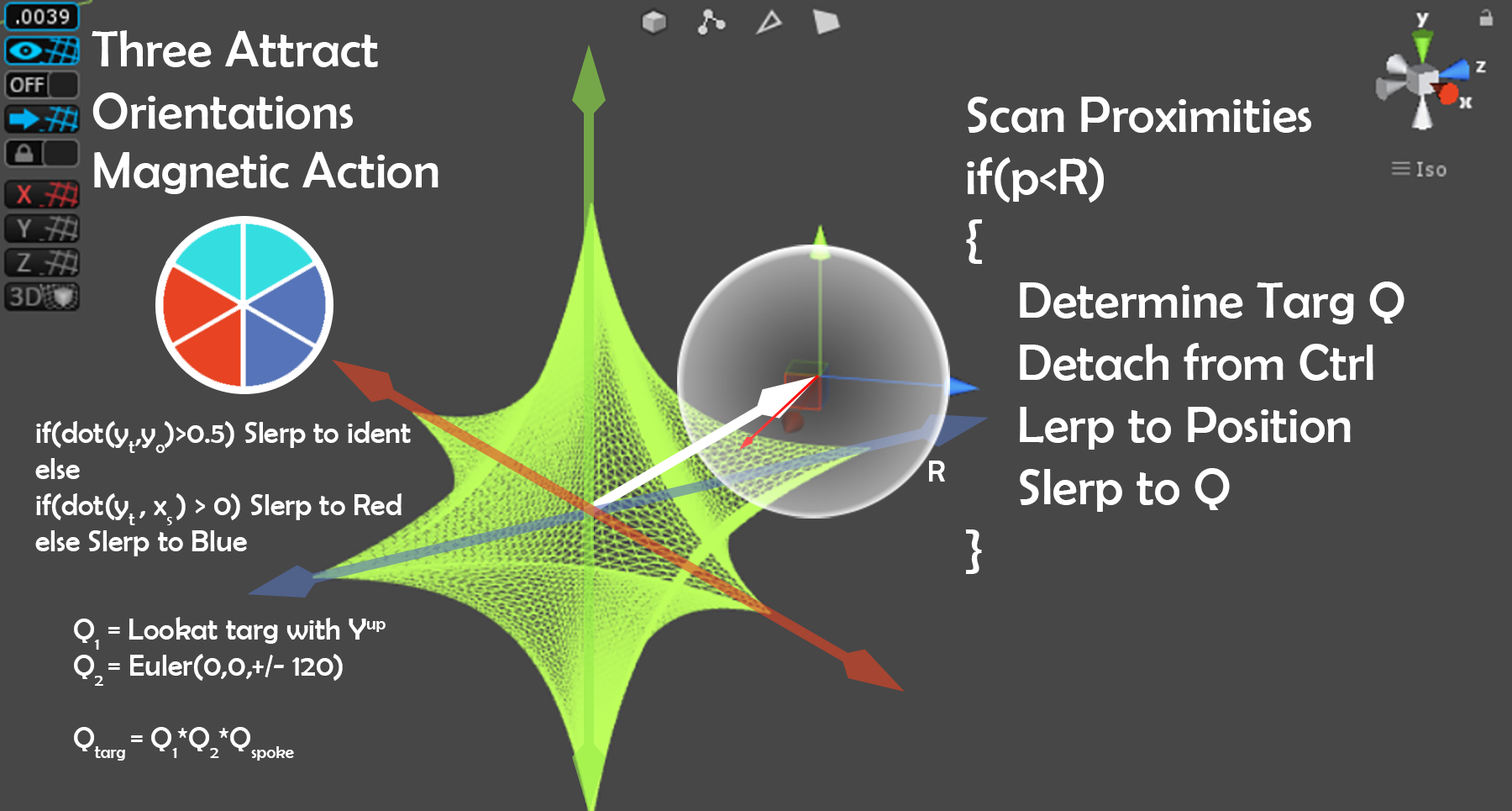Ritech Meetup April, 11, 2018
Hi, David. ...
I have been trying to fine-tune my understanding of what blocks a wider consideration of the Electric Universe through various attempts to reach out to people, and the subject seems to return to geometry repeatedly. I recently tried to pitch the EU to a very close friend who is a project manager for NASA’s SOFIA project (where they put an infrared telescope onto an airliner), and I came away with the sense that the geometry arguments are falling flat in the various EU papers — and when this happens, what I see is people adopting a very skeptical stance.
Then, I read this interesting article on Wolfram here …
I spoke to Theodore Gray, who has since left Wolfram Research to become a full-time writer. He said that his work on the notebook was in part motivated by the feeling, well formed already by the early 1990s, “that obviously all scientific communication, all technical papers that involve any sort of data or mathematics or modeling or graphs or plots or anything like that, obviously don’t belong on paper. That was just completely obvious in, let’s say, 1990,” he said.“It’s been a source of ongoing bafflement and consternation for the past 29 years, that with the exception of a few people who get it, the community at large hasn’t really adopted it,” he said. “It’s incalculable, literally ... how much is lost, and how much time is wasted, and how many results are misinterpreted or are misrepresented.”
… and it occurred to me that this sort of matches what I am seeing myself when I discuss the many forms of laboratory plasmas. The article mentions this open source Jupyter platform for embedding simulations and 3d renders directly into papers. I am very much liking the sound of that approach, and am exploring the feasibility of implementing simulations which would connect the dots between the geometry of astronomical objects like sn1987a and the laboratory z-pinch, and then ideally contrast that by rendering the mainstream hydrodynamic model approach.
I’ve come to think that I could create a powerful scientific “paper” with this approach, which would be a sort of synthesis between traditional paper (including citations, abstract, etc), but taking care to define all of our terms, and presenting all of the most powerful arguments I have come across in my many online interactions.
I was wondering if you guys had any experience with Jupyter notebooks, or if you would be able to provide any sort of guidance on how to create these simulations? I’m a little bit lost w/ where to start with such an ambitious endeavor. My matrix math skills are only moderate, but I do have some experience of course with coding. Unfortunately, my Python is pretty weak — yet, it does appear that Jupyter supports JavaScript, which I am much more familiar with.
Any pointers on how to proceed w/ creating simulations and 3d animations like this? Am I completely out of my league w/ this? Should I be doing some sort of modeling or 3d animation courses first?
If I could somehow get experience with this Jupyter platform, then there is also the possibility of working this capability into the social network that I am constructing ...
1:38





